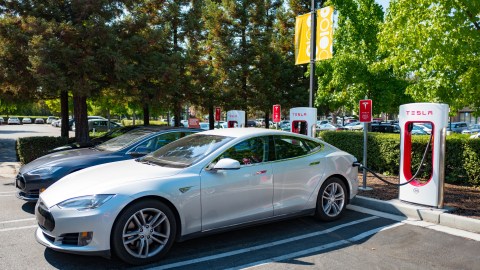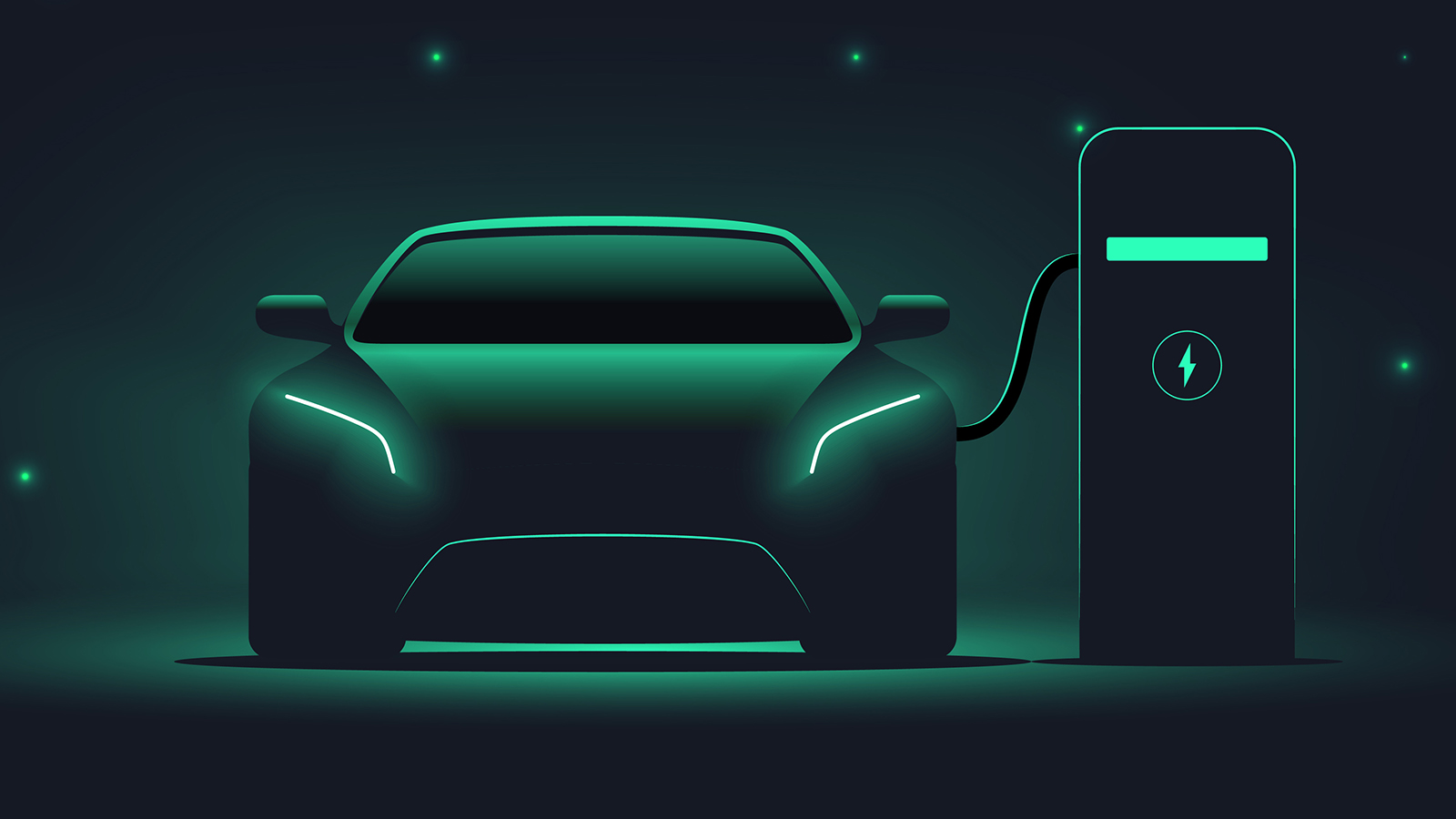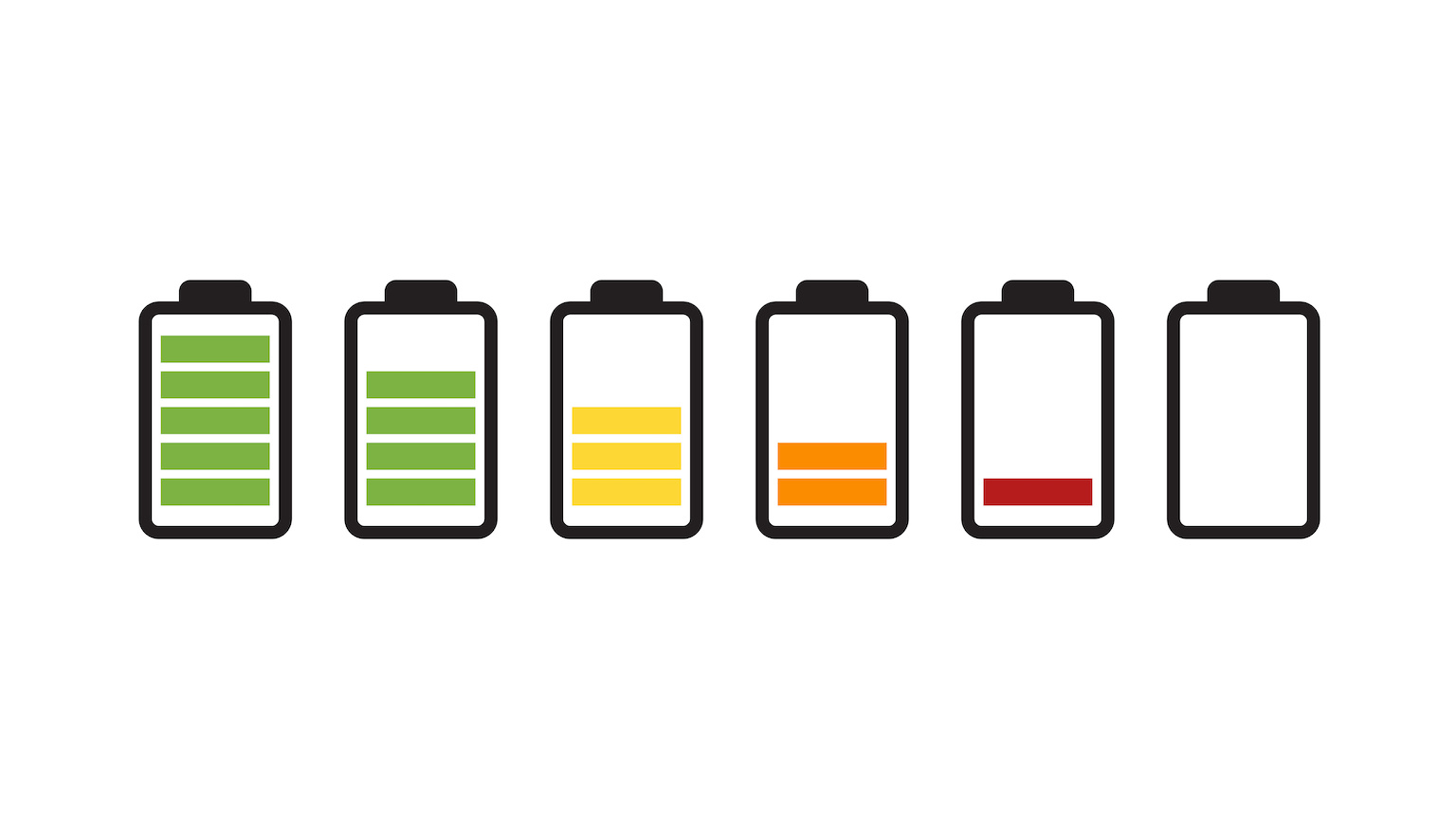It looks like Tesla just developed a million-mile battery

- A team of researchers working with Tesla recently released a paper describing a lithium-ion battery that should last 1 million miles over 4,000 charges and depletions.
- The researchers reportedly optimized commonly used components of EV batteries, and made their findings available to other battery researchers.
- Tesla CEO Elon Musk said robotaxis could hit streets as early as 2020.
Tesla seems to have made good on CEO Elon Musk’s promise from earlier this year to develop an electric-vehicle battery with a lifespan of more than 1 million miles, according to a recent paper and patent. A million-mile battery would roughly double the lifetime of batteries currently used in Tesla cars, and also significantly cut the operating costs of robotaxis and long-haul electric trucks, both of which Tesla is developing.
Tesla has an exclusive agreement with a group of battery researchers — led by Jeff Dahn, a physics professor who some call Tesla’s “battery guru” — and earlier this month they published a paper describing a lithium-ion battery with a longer lifespan and significantly higher energy capacity than what’s currently on the market.
The battery should last more than 1 million miles over 4,000 charges and depletions, all while losing less than 10 percent of its energy capacity over its lifetime, according to the paper. That’s a significant upgrade compared to lithium-ion batteries from about five years ago that lost half of their energy capacity after 1,000 charge cycles, as Wirednotes.
“4,000 cycles is really impressive,” Greg Less, the technical director at the University of Michigan’s Energy Institute battery lab, told Wired. “A million mile range is easily doable with 4,000 cycles.”
The researchers provided specific details about the battery in their paper to help advance research in the field.
“Full details of these cells including electrode compositions, electrode loadings, electrolyte compositions, additives used, etc. have been provided,” Dahn and his colleagues wrote in the paper. “This has been done so that others can recreate these cells and use them as benchmarks for their own R+D efforts.”
The new battery doesn’t bring anything especially new to the table in terms of chemical composition. Rather, Dahn and his colleagues managed to optimize commonly used components of EV batteries — lithium nickel manganese cobalt oxide, or NMC. The battery uses relatively large NMC crystals in the cathode (a battery’s positive electrode), which helps the battery last longer by preventing it from cracking during charging.
Tesla — the company’s cars already go farther on a single charge than other manufacturers — likely isn’t losing its competitive edge by sharing these details: Just days after the recent paper was published, Tesla and Dahn received a patent for a single-crystal lithium-ion battery similar to the one described in the paper, but with an electrolyte additive that’ll likely enable it to perform even better, enhancing the “performance and lifetime of Li-ion batteries, while reducing costs,” as the patent states.
Such a battery would help Tesla implement robotaxis and long-haul electric trucks at lower costs. But that doesn’t necessarily mean consumers should expect the cost of Teslas to drop anytime soon. In fact, Musk said in July that the price of Teslas will likely surge once the company’s robotaxis hit the streets, considering that supply and demand will make the cars even more valuable.





